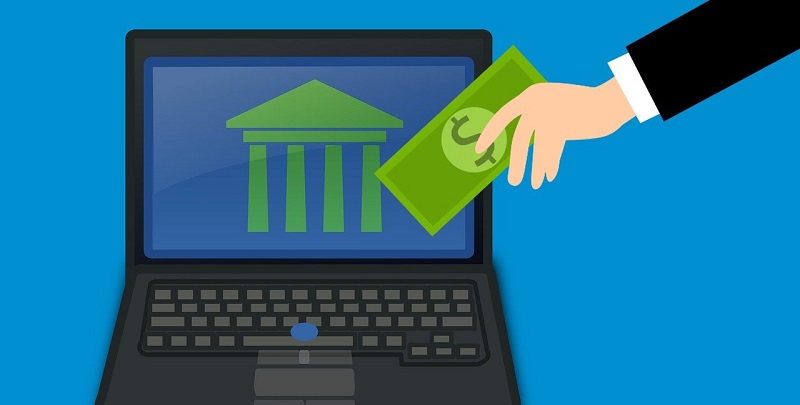As the world becomes more connected through technology, customer expectations are evolving. Consumers expect more from brands than just quality products and excellent customer service. They want brands to offer convenience, flexibility, and financial tools that empower them to manage their finances effectively. Embedded banking is a new trend that integrates financial services within the websites and applications of consumer brands, allowing them to offer innovative payment solutions and lending options to their customers.
A survey carried out on European consumers found that two in five respondents would only remain loyal to brands that provide embedded banking products like Buy Now, Pay Later (BNPL). This statistic confirms the importance of offering banking products to retain customers. The study showed that embedded banking is a significant factor in driving customer loyalty for brands across Europe.
Another critical finding from the survey is that 37% of consumers are more likely to use BNPL (buy now, pay later) and other flexible payment options due to the cost-of-living crisis. This figure highlights the impact of the growing financial struggles among the population and underscores the critical need for brands to offer flexible payment options.
Competitive pricing and product selection are critical factors in brand loyalty. Forty-four percent of consumers stated that competitive prices were the most important factor when it comes to their brand loyalty, while 43% said a good selection of products was crucial. As financial worries grow, consumers can be more likely to switch brands if they do not feel like they are getting value for their money. Additionally, the survey illustrated that the availability of embedded banking products directly on the websites and apps of consumer brands is starting to make an impact on customer loyalty.
Embedded banking offers numerous benefits for brands. Just under half (46%) of the survey’s respondents stated that they would use a brand’s loyalty card to make purchases if it included Buy Now, Pay Later (BNPL) options. Additionally, the survey showed that embedded banking is helping to increase loyalty program engagement and usage. Just under one quarter (23%) of respondents said they were more likely to recommend brands to friends and family.
Furthermore, brands that offer flexible payment and lending options provide more choice, which can boost the spending power of consumers when they most need it. These benefits of embedded banking are essential for companies seeking to increase customer loyalty. By facilitating financial management, brands can create a close relationship with consumers who appreciate their commitment to offering valuable products and services.
Embedded banking services are becoming an increasingly important factor in increasing brand loyalty among consumers. A survey revealed that 43% of respondents aged 25-34 shop more at brands that offer an embedded banking product. This statistic highlights the importance of this segment to brands and underscores the need for companies to adapt to their changing preferences.
Embedded banking is the next area of disruption that can supercharge brand loyalty programs. By integrating financial solutions within their customer journeys, brands can offer a comprehensive experience that helps them build a loyal following. This approach can increase brand loyalty, advocacy, and trust, providing businesses with a competitive advantage in the crowded marketplace.
Embedded banking is helping to innovate customer journeys; as a result, it will soon become a standard practice for businesses. This development will enable brands to stay ahead of the game, remain competitive, and reinforce their commitment to excellent customer service for years to come.
Embedded banking has become a critical factor for businesses to consider when building their customer journeys. Offering financial products helps brands increase customer loyalty, drive engagement, and stay relevant in a market that is evolving at an ever-increasing pace. As such, businesses need to start incorporating financial solutions into their customer journeys if they are to remain competitive and relevant in the long term.

